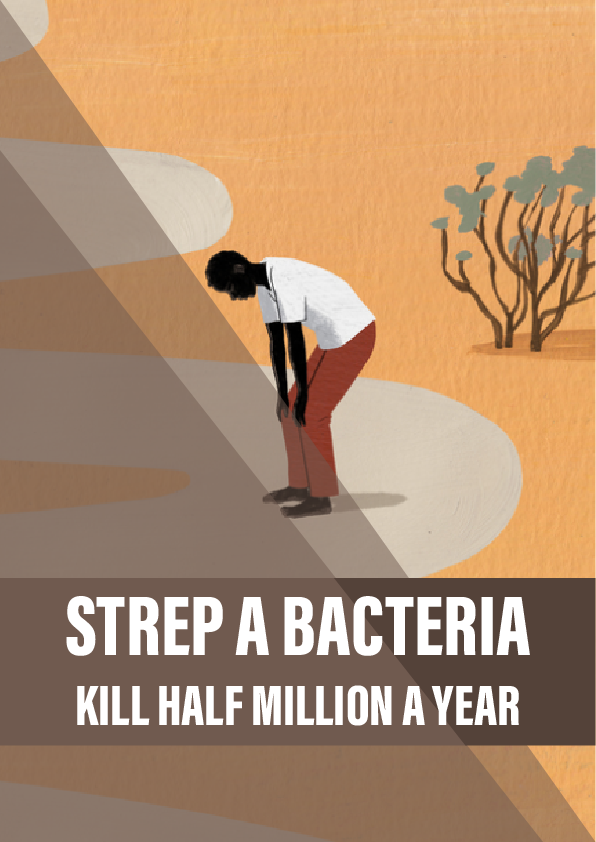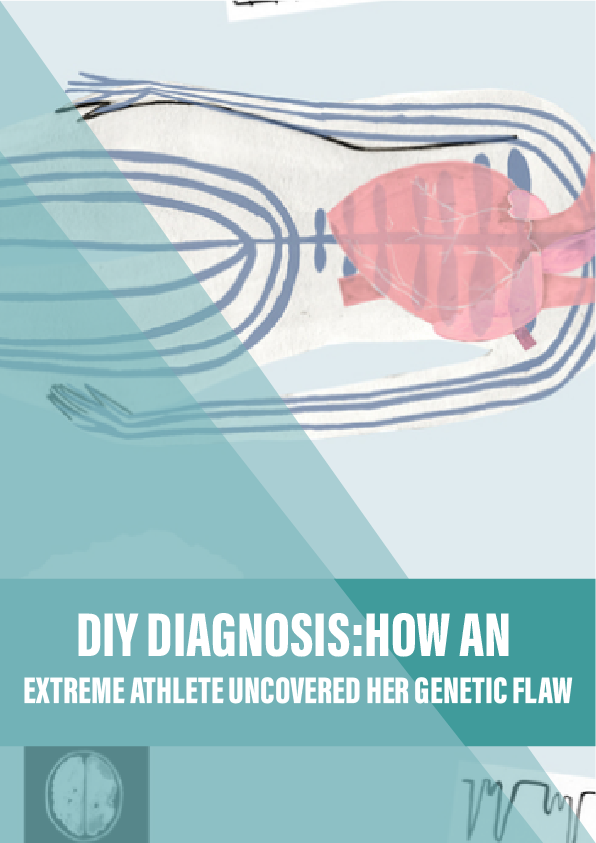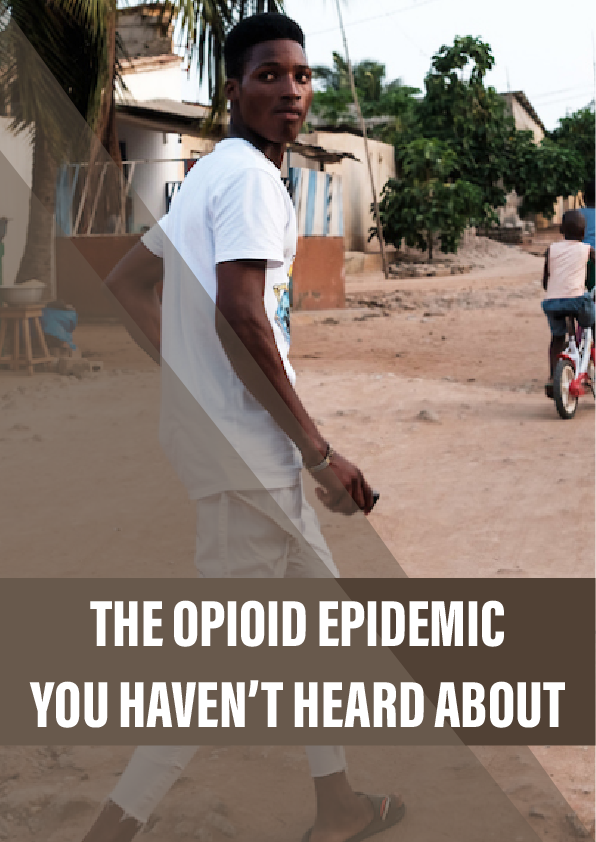Looking back, Otto remembers struggling to breathe when he was as young as four. Exertion would make him cough, and the coughing fits would go on and on. Growing up in a family of eight children in a village in northern Uganda, he would try to run and play with other kids. But usually he ended up collapsing or needing to rest.
At age ten, he passed out while riding a bus to a mill, where he was supposed to grind maize for his family. By the time he was a teenager, running 100 metres would wipe him out. His heart would race and he would sweat profusely. He was often dizzy.
Over time, Otto sought medical help, and he received treatment – for both bronchitis and malaria. But he never really got better. Then in March 2017, a doctor took ultrasound images of his heart and finally gave him a diagnosis that explained everything: he had rheumatic heart disease – an irreversible illness caused by group A Streptococcus bacteria. He was 22.
“All of those years, I suffered a lot of pain, stopping me from playing games, kicking the football, running and so on,” says Otto, now a 24-year-old schoolteacher in the Ugandan city of Gulu. “The condition stopped me from playing like people play.”
Group A strep, or strep A, ranks among the most destructive pathogens on Earth, rivalling malaria parasites, tuberculosis bacteria and HIV. In high-income countries, it’s normally associated with the knife-swallowing pain of strep throat, a nuisance that is often cleared with antibiotics. But in lower-income countries, infection is more common and people are less likely to receive effective treatment. Repeated and untreated infections can then lead to rheumatic heart disease, which causes the heart valves to leak.
Rheumatic heart disease used to be a common cause of death in the West, often striking when people were in their early 20s. It has now been largely eradicated in Europe and North America, thanks in part to the regular use of antibiotics. But the disease still hits hard elsewhere, affecting more than 33 million people globally and killing around 300,000 each year. Taking into account other, invasive conditions caused by strep A – such as streptococcal toxic shock syndrome, sepsis and ‘flesh-eating’ necrotising fasciitis – strep A’s annual death toll stands at over half a million.
Reference:
- The US Centers for Disease Control have an array of information about strep A on their website, including a section on rheumatic fever.
- The WHO’s roadmap for creating a strep A vaccine has been pre-published in the journal Clinical Infectious Diseases.
- This 2016 article by Andrew Steer and colleagues outlines the status of research and development for strep A vaccines.
- In 2016, James Dale and colleagues released this overview of the approaches being taken in strep A vaccine development.
- This 2017 article – whose coauthors include Andrea Beaton, Craig Sable and Andrew Steer – looks at the global, regional and national burden of rheumatic heart disease from 1990 to 2015.
- This report provides an overview of the training offered by Children’s National to the Uganda Heart Institute during the project that saw Otto receive his surgery. [PDF]











